Economic growth in the US has stagnated in early 2025, while inflation has picked up, fueling concerns over “stagflation”—a troubling mix of stagnant economic activity and rising prices, Axios reports.
Recent data suggests that consumer sentiment is deteriorating, with many Americans expecting both inflation and unemployment to worsen in the months ahead. This economic uncertainty is weighing on Wall Street, where markets have reacted negatively in recent weeks.
A real-time estimate from the Atlanta Federal Reserve indicates that GDP is contracting at an annualized rate of 0.5% in the first quarter, which ends Monday. This follows weaker-than-expected consumer spending, which fell 0.6% in the first two months of the year when adjusted for inflation.
At the same time, inflation—measured by the Federal Reserve’s preferred price gauge—rose at an annualized rate of 4.1% in January and February, its highest level in a year. This persistent inflationary pressure is eroding purchasing power and adding to economic concerns.
Wall Street has responded with volatility. Following a steep selloff on Friday, the S&P 500 is now 9% below its February peak.
The latest University of Michigan consumer sentiment survey dropped for the fourth straight month in March, reflecting growing pessimism about both inflation and job prospects.
Two-thirds of respondents now expect unemployment to rise over the next year—the highest percentage since 2009.
The average inflation expectation for the next year surged to 5%, up from 4.3% in February.
Typically, inflation and unemployment move in opposite directions. However, the current environment raises concerns that Americans could face both higher prices and fewer job opportunities, a dynamic last seen in the 1970s during a prolonged stagflationary period.
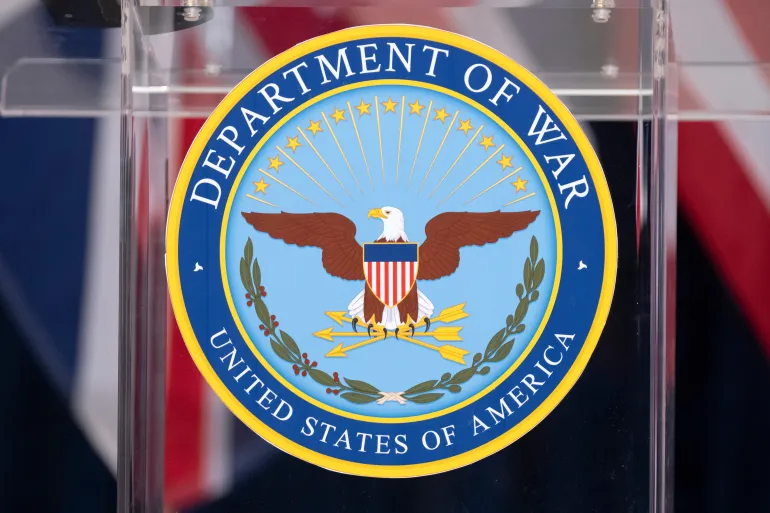
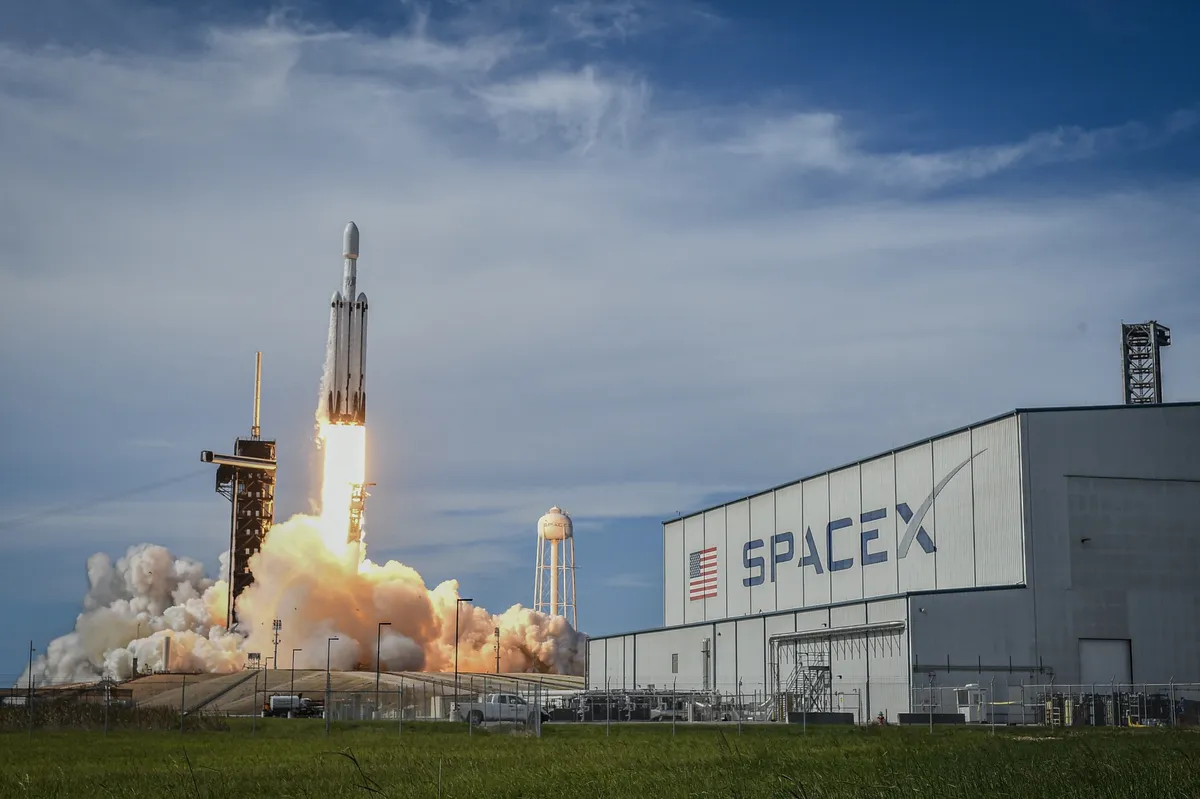



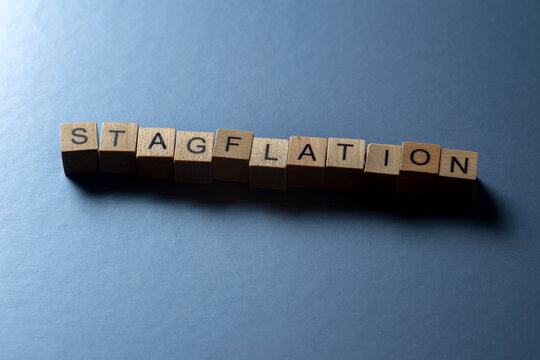

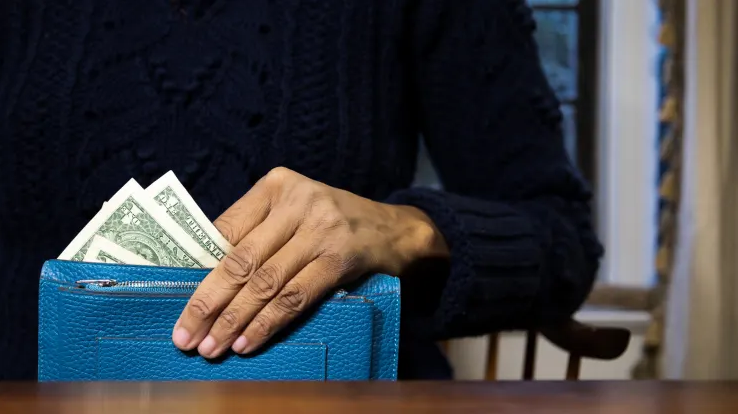

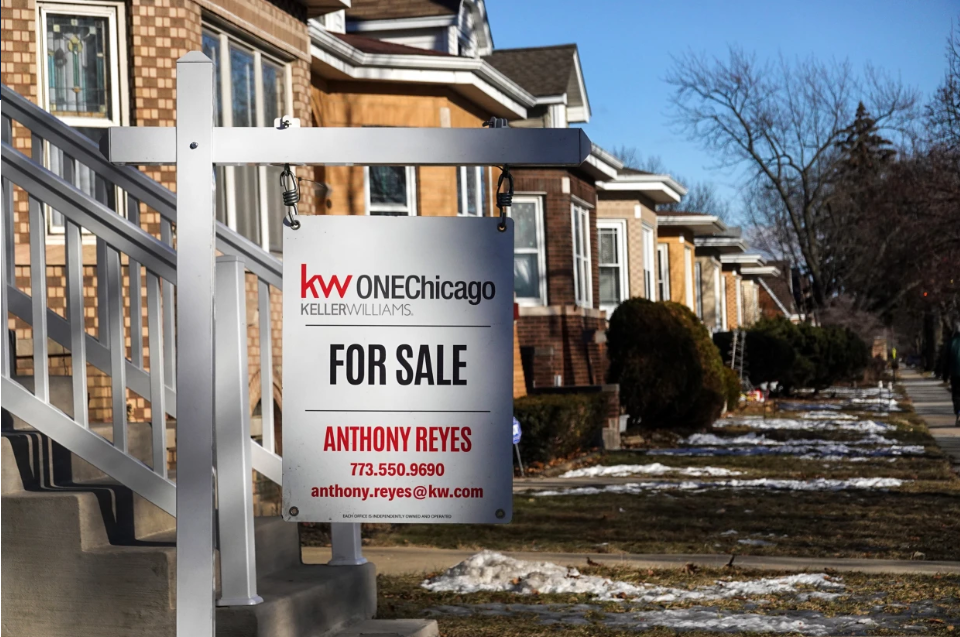
The latest news in your social feeds
Subscribe to our social media platforms to stay tuned